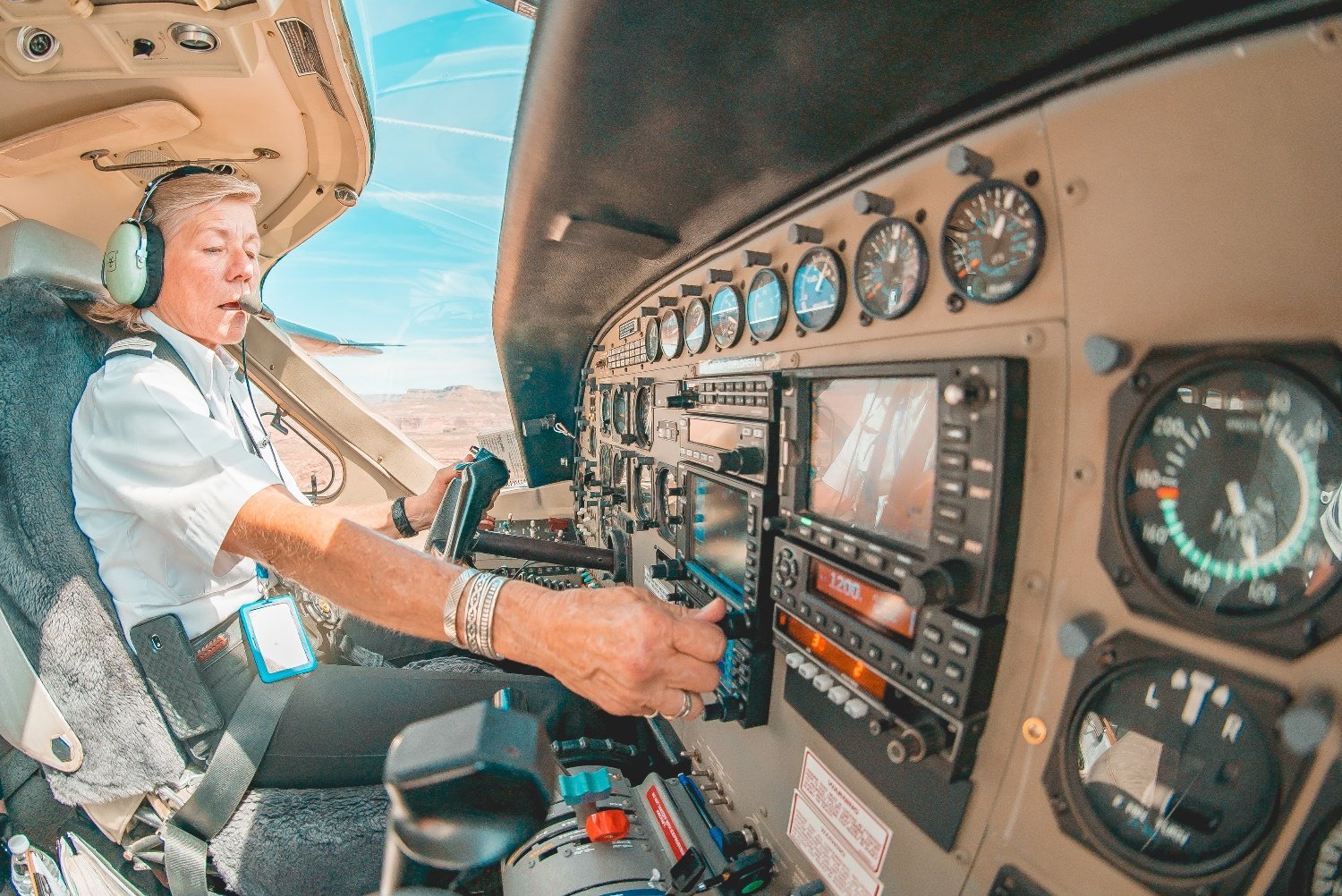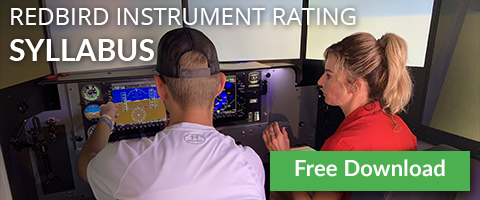How Can You Reduce Your Instrument Rating Costs?
Getting your instrument rating will make you a safer, more proficient, and more confident pilot. If you want to fly for an airline or in any commercial capacity (business jet pilot, air ambulance pilot, cargo pilot, etc.), then getting your instrument rating is the necessary next step after getting your private pilot’s license.
It will likely cost around $7,500-$10,000 to get your instrument rating. However, unlike other types of training and education, you can spend a lot more money on flight training than you expected to pay. Unfortunately, this happens too often for student pilots who don’t have a mentor or anyone to help them understand how they can save money. Lack of funds is one of the top reasons that students drop out of flight school, but there are several ways in which you can reduce the cost of your instrument rating without compromising the effectiveness of your training.
Choose the right instrument flight training program for you.
You have a few different options for completing your instrument training:
- A flight school or university with a Part 141 program
- A flight school with a Part 61 program
- An independent certified flight instructor (CFII), who can train you under Part 61
- A flight school with an accelerated or finish-up instrument rating program, which generally will help you get your instrument rating in as little as a week or two (generally under Part 61)
The cost differences between Part 61 and Part 141 programs can vary dramatically by the organization and the specifics of the program, but requirements for each type of training will be consistent with the Federal Aviation Regulations (FARs).
Part 61 Instrument Rating Requirements
To obtain an instrument rating under Part 61, you must accomplish the following:
- Hold at least a private pilot certificate
- Be able to read, speak, write, and understand the English language
- Have at least a third-class medical certificate (or operate under BasicMed)
- Receive and log ground instruction from an authorized instructor or accomplish a home-study course of training that addresses the required aeronautical knowledge areas
- Receive a logbook or training record endorsement from an authorized instructor certifying that you are prepared to take the required knowledge test
- Pass the Instrument Rating Airplane (IRA) Knowledge Test (written exam)
- Log at least 50 hours of cross-country flight time as Pilot in Command (PIC)
- At least 10 hours must be in airplanes
- Log at least 40 hours of actual or simulated instrument time
- At least 15 hours of instrument flight training from an authorized instructor (CFII)
- At least three hours in preparation for your practical test (within two calendar months of the test)
- One cross-country flight under IFR
- At a distance of at least 250 NM along airways or by directed routing from an air traffic control facility
- With an instrument approach at each airport
- Utilizing three different kinds of approaches with the use of navigation systems (example: VOR, RNAV, ILS)
- Receive a logbook or training record endorsement from an authorized instructor certifying that you are prepared to take the required practical test
- Pass a checkride (practical flight test)
Under Part 61, the private pilot program that you choose can have a big impact on your instrument rating costs. During your PPL training, if you logged cross-country flight time while performing the duties of pilot in command with an authorized instructor, then you can apply up to 45 hours of that time toward your instrument rating. For more information about the Part 61 instrument rating requirements, refer to 14 CFR 61.65.
Part 141 Instrument Rating Requirements
To obtain an instrument rating under Part 141, you must accomplish the following:
- Hold at least a private pilot certificate
- Be able to read, speak, write and understand the English language
- Have at least a third-class medical certificate (or operate under BasicMed)
- Use an FAA-approved training syllabus
- Complete an approved instrument ground school (which includes at least 30 hours of training for an initial instrument rating)
- Pass the Instrument Rating Airplane (IRA) Knowledge Test (written exam)
- Receive and log a minimum of 35 hours (for an initial instrument rating) of actual or simulated instrument time from a CFII
- Complete at least one cross-country flight under IFR
- At a distance of at least 250 NM along airways or ATC-directed routing with one segment of the flight consisting of at least a straight-line distance of 100 nautical miles between airports
- With an instrument approach at each airport
- Utilizing three different kinds of approaches with the use of navigation systems
- Satisfactorily accomplish stage checks and an end-of-course tests
- Pass a checkride (practical flight test)
Note: you do not need to complete 50 hours of PIC cross-country under Part 141. For more information about the Part 141 instrument rating requirements, refer to 14 CFR 141 Appendix C.
If plan to enroll in a university or use a GI Bill to fund your training, then your options likely will be limited to an approved 141 program. However, if you’re not attending an aviation college or using a GI Bill for funding, you have more options for your flight training. Whichever direction you choose to go, you should look for a training program that includes the following:
- An integrated training approach that enables you to learn on the ground, practice in a flight simulator, and show how your skills are improving in an aircraft. This will save you money, as learning on the ground and in the simulator are both cheaper than learning in an airplane.
- A great instructor or instructors with availability to meet your schedule
- A scenario-based curriculum that helps you master skills and tasks beyond basic proficiency
Fly as much and as often as you can.
The same principles that apply to reduce the cost of your private pilot training apply to lower the cost of your instrument training as well. Namely, no matter with which organization you train, flying and practicing as often as you can will help you master techniques faster. That’s the idea behind accelerated programs, which have you spend 8 to 10 hours a day doing ground school and flying. These programs can be expensive up front, but they may be worth it to gain proficiency and reach your flying goals quickly.
However, if you train with an independent CFII or at a flight school, you can benefit just as much from frequent practice. To get your instrument rating after you have your private pilot license, you will require another 35-40 hours (at minimum) of instrument time (simulated conditions or actual conditions) before you can take your checkride. If you do a Part 61 program, you only need to spend 15 of these hours with an instrument flight instructor.
While it may feel ambitious to prepare for an instrument checkride with as little as 15 hours logged with a CFII in an airplane, it can be feasible if you use your time wisely. Since you are already a pilot, you can fly on your own in VFR conditions. If you have another private pilot to fly with you, you can practice simulated IFR approaches together and act as safety pilots for each other, which allows you to log time toward the instrument rating without a CFII. You also can sit in the backseat of the aircraft for each other’s lessons, gaining knowledge by observing the CFII teach concepts, procedures, and checklists.
Related Content: 6 Flight School Scholarships to Kickstart Your Training
Instrument Training With a Flight Simulator
Independent practice in a flight simulator is another great way to help you reduce your costs. Adding simulator time before or after flight lessons with your instructor will help you make the most of your time together. For example, imagine you have a flying lesson on Monday morning (either in the simulator or aircraft). On Monday afternoon, you can repeat the lesson by yourself in your school’s training device to practice what you’re learning. This will make you much more prepared for Tuesday’s lesson and eliminate unnecessary review.
High-quality flight simulators can help you develop techniques and become proficient in many tasks that you need to learn for your instrument rating, like your instrument scan, abnormal and emergency procedures, instrument failures, radio navigation procedures, instrument approach procedures, and cross-country procedures.
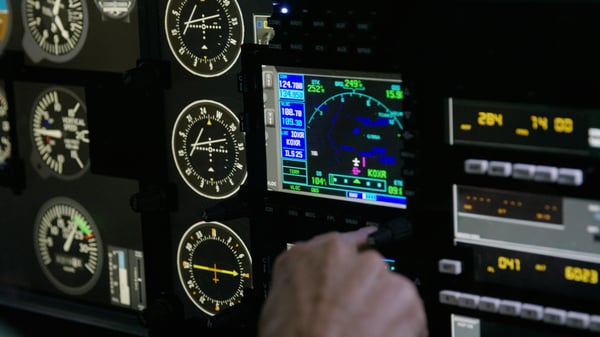
The types of simulators used in most flight schools are called Aviation Training Devices (ATDs) by the FAA, although your CFII may simply call the device “the sim.” Aviation Training Devices fall into two categories: Advanced Aviation Training Devices (AATDs) and Basic Aviation Training Devices (BATDs). You can log time for your instrument rating in both a BATD and an AATD. In an AATD, you also can log time for a commercial, ATP, or flight instructor certificate under parts 61 and 141.
There is no limit to the amount of time a pilot can log in an ATD. However, the FAA does limit the number of simulator hours that it will credit for a rating. In total, if you do a Part 141 program, you can log up to 40 percent of the total flight training hour requirements of the course or of this section (whichever is less) in an AATD. If you do a Part 61 program, you can log a maximum of 20 hours in an AATD. Under Part 141, you can log up to 25 percent of the total training hour requirements permitted under this paragraph in a BATD. Under Part 61, you can log a maximum of ten hours toward an instrument rating in a BATD. Take advantage of these allowable hours to save on your instrument rating costs.
Many pilot logbooks include a column labeled “simulator or FTD.” This may need further clarification on your checkride. Many DPEs now recommend that you create a column for AATD time to differentiate it from BATD time (in case the AATD time can be applied to future ratings).
For more information on simulator time allowances for your instrument rating, check out this article.
Purchasing a Plane and Time Building
If your end goal is to become an airline pilot, then you will have a lot of time-building to do to get the 1,500 hours necessary to interview with an airline. You can accumulate much of this time as a CFI or CFII and receive compensation for it. However, you also can build time on your own.
If you’ve ever thought about purchasing an aircraft, this may be the time to do it, as you can use it to log the 50 hours of cross-country time required for the Part 61 instrument program, and build even more time toward your commercial rating. You can use your airplane to train with a CFII, and even take your checkride in it. Many accelerated programs will train you in your airplane as well. However, even if you have an airplane, you still can save on costs if you complete part of your training in a simulator.
Prepare for every lesson.
One of the best opportunities to save money is simply to be prepared for every lesson. If you are rusty, or have not reviewed concepts ahead of your lessons, then you will likely spend a little extra time in the plane. As such, you will need to spend more money on airplane rentals and time with your CFII.
It’s not something to feel badly about, as some concepts and maneuvers simply take more time to grasp for some students. There is nothing wrong with gaining experience beyond basic proficiency. However, you want to keep your instrument rating costs as low as possible, so make sure that you set yourself up to take advantage of the time you have with your CFII.
Related Content: Can You Pay for Flight School With a Loan?
Take the FAA Knowledge Test early.
The Instrument Rating Airplane (IRA) Knowledge Test is one of the most difficult FAA written tests, which often has a lower pass rate than the commercial pilot, ATP, and flight instructor exams. Ideally, you should pass the written test before you start your ground and flight instruction, as studying and cramming will take your attention away from flight training. A test preparation program may be helpful to get you ready for the written test.
The test consists of 60 questions, and you have 150 minutes to answer them. You need a score of 70% to pass. The test includes nine categories:
- IFR Cross-Country Flying
- Departure and Arrival Procedures
- Instrument Approaches
- Navigation
- Holding Patterns
- Flight Planning
- Flight Instruments
- Weather
- Federal Aviation Regulations (FARs)
If you know that you want to pursue an aviation career that will include becoming a Certified Flight Instructor or Ground Instructor, then you should consider taking those written tests (FII- Flight Instructor Instrument Airplane and IGI-Instrument Ground Instructor) at the same time. The questions for both exams are from the same question bank, and you can save yourself days of re-studying down the road. You will have two years from the date of your written exam to use your test results for a checkride.
Share this
You May Also Like
These Related Articles
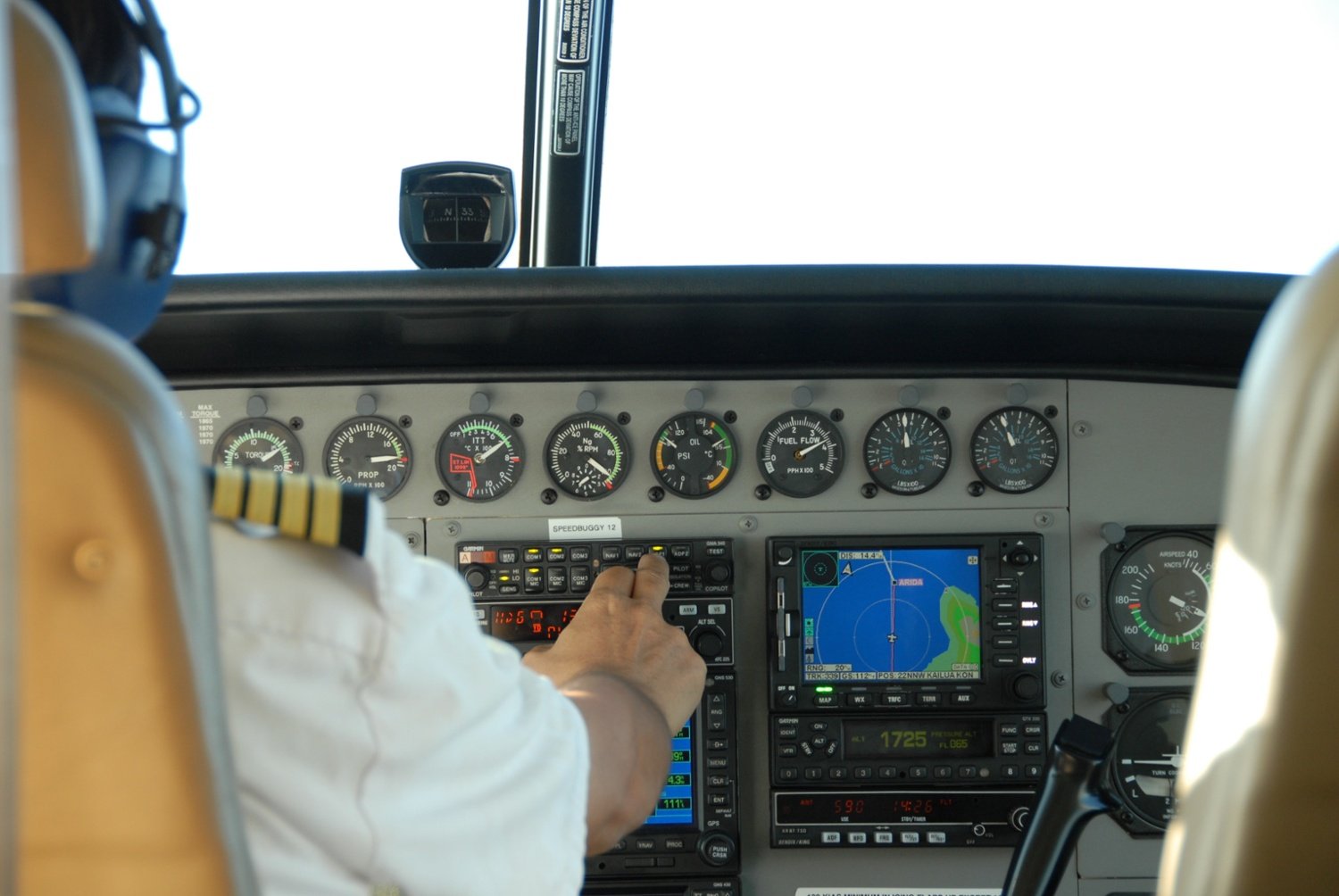
Everything You Need to Know About Instrument Rating Requirements
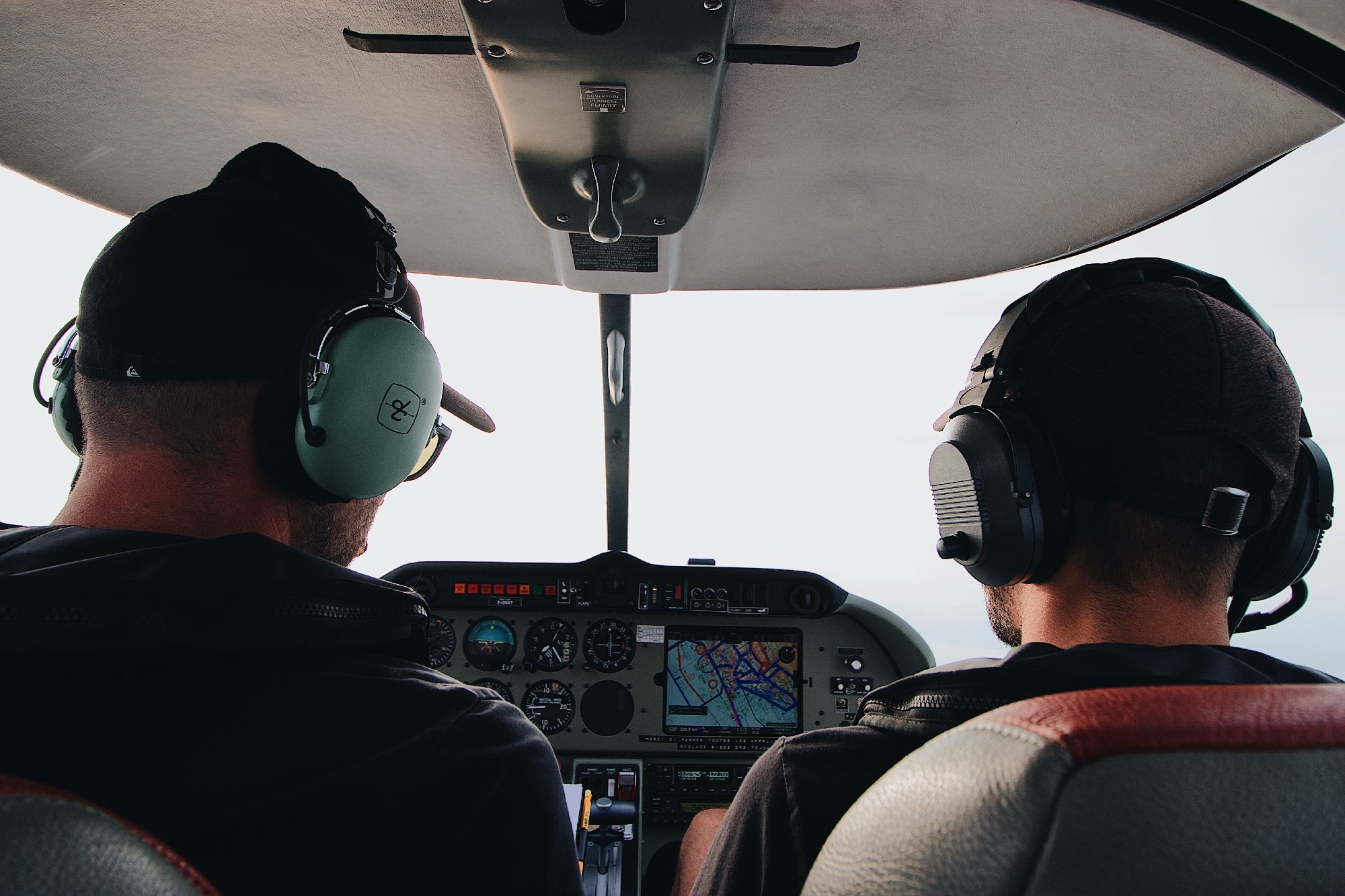
Simplify Your Instrument Rating by Mastering These 6 Tasks
